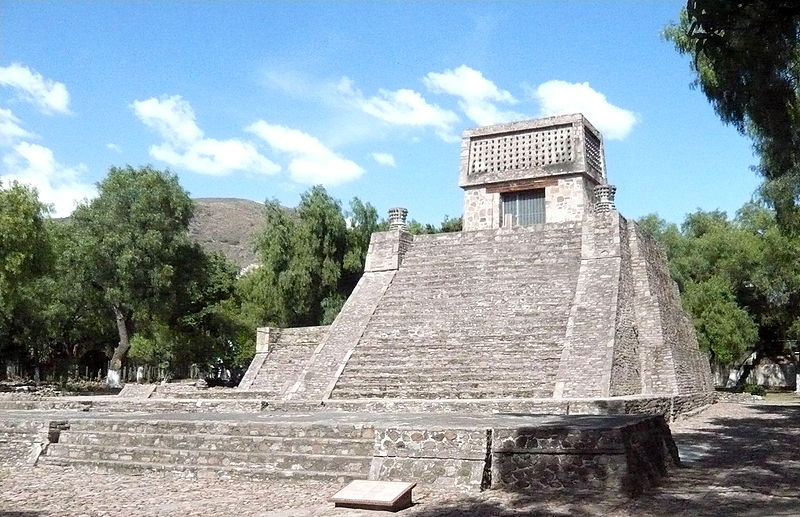
The Pyramid and Museum at the Santa Cecilia Acatitlán Archaeological Site offer a deep look into one of Mexico City’s most ancient communities. In ancient times, Acatitlán was a minor altépetl (City-State), even then subject to nearby Tenayuca. This was the royal seat of the peoples of the northern Valley of Mexico who’d settled beneath the slopes of the Sierra de Guadalupe.
It’s thought that early inhabitants may have arrived from the fallen Teotihuacan. But by 1299, the Tepaneca people of ancient Azcapotzalco were demanding their tribute. Collection may have been by Mexica warriors, as they’d not yet consolidated their own capital at Tenochtitlan. Only after 1430 would they rule all of these cities during the golden period of the Triple Alliance.
The pyramid that has survived to this day was the center of a great ceremonial site. Until its discovery, in 1923-1924, it lay underground. It wasn’t excavated until 1961 when the Federal Directorate of Archaeology, precursor to the National Institute of Anthropology and History (INAH), took an interest in the area.
The ceremonial center of the Pyramid of Acatitlán was mainly dedicated to the worship of Huitzilopochtli and Tlaloc, as in Tenochtitlan. The construction of this pyramid took place in eight successive stages. In the 16th century some structures and external materials were removed to build the nearby Church of Santa Cecilia Virgin and Martyr, which still preserves its splendid original 16th-century structure. It was renovated in the 18th century.
The site museum opened in 1961 after extensive archaeological work on the site. It includes five exhibition rooms inside an 1832 adobe house. The collection includes various monoliths, sculptures and carved stones. There are also objects that show later Mexica influence.
The city celebrates an Equinox Festival every March with lights, music and art.
Hours: Tuesday through Sunday, 10 a.m. to 5 p.m.
 cinah_edomex@inah.gob.mx
cinah_edomex@inah.gob.mx
 722 215 8569
722 215 8569
 https://www.inah.gob.mx/zonas/136-zona-arqueologica-santa-cecilia-acatitlan
https://www.inah.gob.mx/zonas/136-zona-arqueologica-santa-cecilia-acatitlan
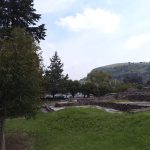
Nearest at 2.05 kms.
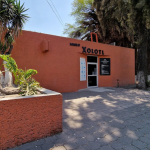
Nearest at 2.25 kms.
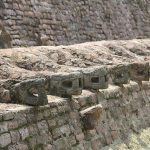
Nearest at 2.30 kms.

A spectacular little museum dedicated to the ancient Tenayuca ruins.
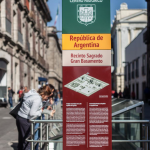
Two windows along Argentina Street offer glimpses into the City's ancient past . . .
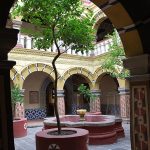
Not just the Museum of the Interventions and a fascinating military history, it's a fascinating monastery too.
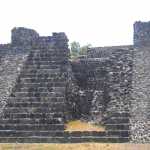
A little-known pyramid on the outskirts of Mexico City...
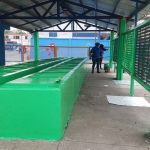
A startling glimpse into Iztapalapa's deepest past...